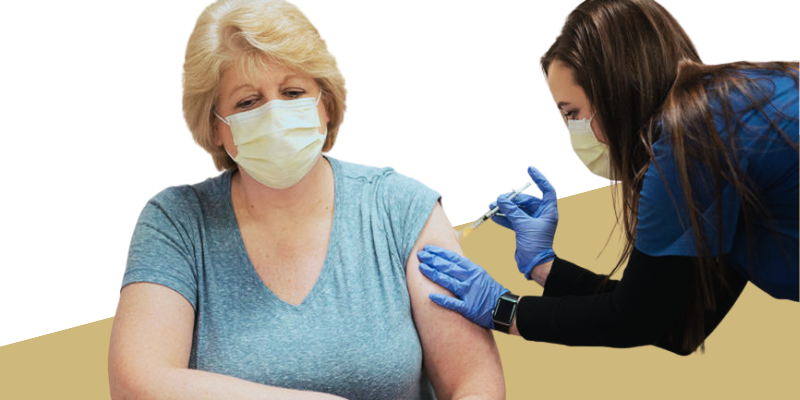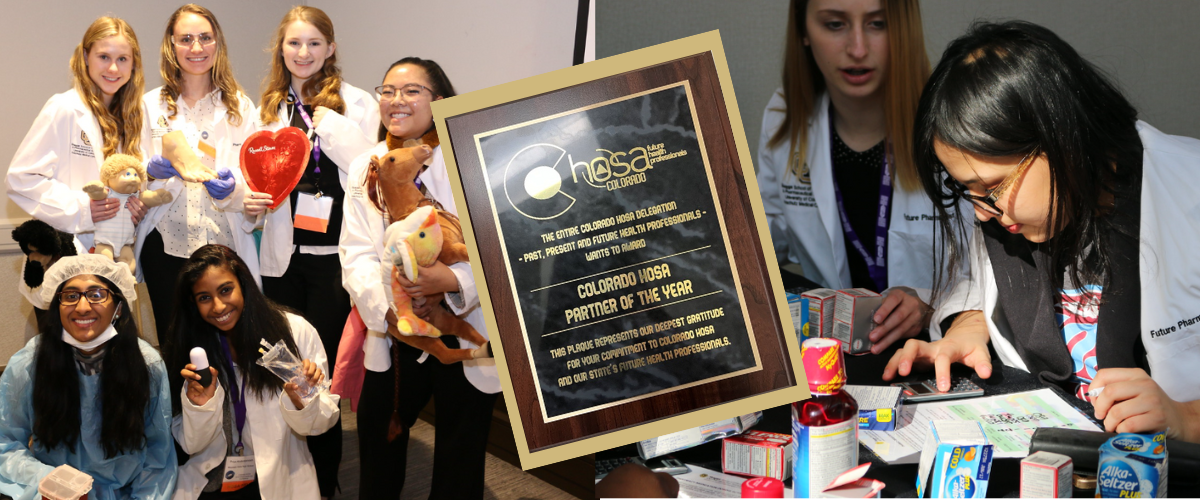At first glance, the Education South classroom at the CU Anschutz Medical Campus looked like any other health sciences education space. But the countdown clock prominently displayed on the screen, along with the playful tension in the room, indicated something a little different was going on.
Welcome to the Pharmacy Room, part of the Infectious Diseases elective course offered to P3 students.
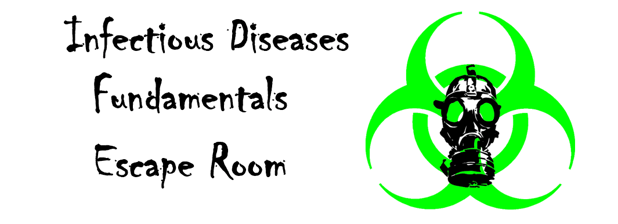
The escape room is the brainchild of associate professor, Meghan Jeffres, PharmD, BCIDP and an example of the innovative teaching methods students are likely to experience in the Skaggs School of Pharmacy and Pharmaceutical Sciences.
“I am an advocate of deliberate practice. This means an activity should be designed specifically to improve performance. The activity should be repeatable and provide continuous feedback to the student. Puzzles, or escape rooms, can accomplish these goals with the added benefit of being an enjoyable method of study,” Dr. Jeffres said.
But just what were the students attempting to escape? The fictitious scenario read like a page from a post-apocalyptic movie. (Any The Last of Us fans out there?) It starts with a disgruntled ex-CDC employee bent on exacting revenge by planning the release of 100 kg of Bacillus anthracis on the Colorado Front Range.
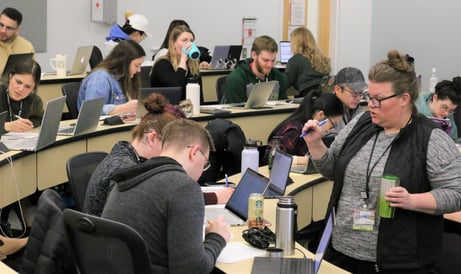
Associate Professor and creator of the escape room Meghan Jeffres encourages pharmacy students to use their infectious disease knowledge to complete the puzzles leading to the escape. |
Pharmacy students learn that 10 grams of anthrax spores are more deadly than 2000 pounds of sarin agent, and if successful, the aerosolization of 100 kg of Bacillus anthracis would infect three million people. Thankfully, according to the escape room plot, one of the nation’s antibiotic stockpiles active against anthrax is located in, you guessed it, Denver.
Of course, with all good escape rooms, access to the antibiotic is locked behind multiple puzzles that only the best minds in infectious diseases can solve. The world is relying on these eager PharmD students to unlock the doors to the anti-anthrax antibiotic stockpile and save the world, or at least the Front Range, from certain annihilation. All in the span of 60 minutes.
“Games and puzzles are immersive active learning strategies, which encourage student interaction and increase the time spent on task. Also, games inherently create an environment where students feel safe to fail, because trial and error is an understood approach to games,” Jeffres explained
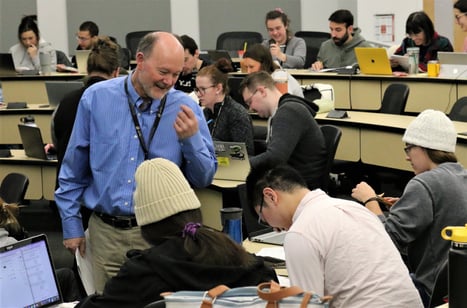
Clinical Professor and Dept. Chair Doug Fish challenges students to remember what they know about drug interactions to unlock one of the escape room "doors". |
Throughout the class period, Jeffres and Clinical Pharmacy Department Chair Doug Fish, PharmD, float the room assessing student progress and dispensing an occasional critical thinking tip. The first puzzle the students must solve is a connect-the-dots challenge that displays a specific image, but only if the proper pathogens are connected to the organ it is known to infect. Other word puzzles and math problems test the students’ knowledge of antibiotic spectrum, toxicity, pharmacodynamics, and drug interactions.
Jeffres can’t help but sprinkle in some antibiotic history along the way as she introduces them to “Moldy Mary.” Known elsewhere as Mary Hunt, she worked for the Department of Agriculture in the 1940s and found the cantaloupe that grew Penicillium chrysogenum, which yielded 200 times the amount of penicillin as Fleming’s Penicillium notatum. All strains of penicillin today are descendants from that 1943 mold and Moldy Mary. Remember that next time you eat cantaloupe. Now back to saving the world.
As the class time drew to a close the only thing standing between the student pharmacists and the anti-anthrax storehouse was a dog on a bike. Literally. The final of 12 puzzles involved deciphering the meaning of an adorable dachshund on a tiny bicycle. The image represents one possible anti-anthrax antibiotic. Think about it. Dachsy-cyclin.
Thinking. Critical and fun. That’s at the heart of this escape room learning technique. By employing the same gamification elements that most of the students grew up with, learning scores of medication names and their uses becomes not just fun – but in this escape room, life-saving. Another lesson that these future pharmacists will take to heart as they enter their careers with the critical drug knowledge needed to avoid an infectious disease disaster or any other challenge their patients may bring them.
.png)

